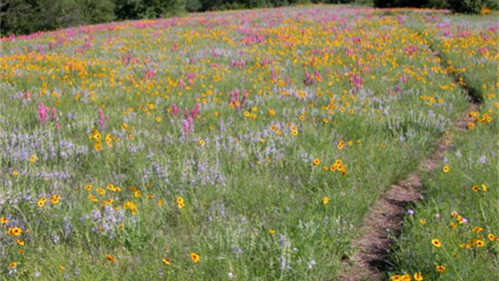East Fort Worth is bounded roughly by Highway 287 to the west and southwest, Randol Mill Road and East 1st Street to the north, Lake Arlington and the City limits to the south, and the City limits to the east. The Tandy Hills Natural Area, a preserved prairie with tree species including redcedars and elms, is located five miles east of downtown. The landscape becomes more wooded as you move farther east.
Much of East Fort Worth was historically part of the Eastern Cross Timbers Forest, a densely wooded hardwood upland forest dominated by post and blackjack oak and cedar elm. In pre-settlement times, this forest was so dense that it was known as the “Cast Iron Forest.” The vast majority of remaining undeveloped portions of this forest are located east of Loop 820.
Native trees were preserved in many of the older neighborhoods in east Fort Worth, but as lot sizes have diminished in recent years, tree preservation is often limited to the perimeter of new developments. Developers are encouraged to make special efforts to preserve native Cross Timber species, as many of these trees are over 150 years old.
Preserved trees add value to development, and city ordinance incentivizes preservation of mature trees. Protection throughout construction is critical, as post and blackjack oaks are much less tolerant of development activities than most other tree species. Additionally, these species are not readily available commercially, so new plantings are typically not native Cross Timbers species.
Older neighborhoods have frequently introduced pine, sweetgum and catalpa which do well in the sandy loam soil. A few pockets of Siberian elm and Arizona ash remain in neighborhoods constructed in the 1980s.
Tandy Hills Natural Area
